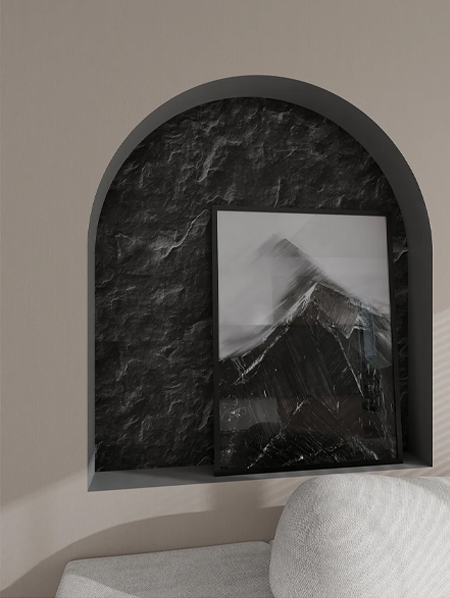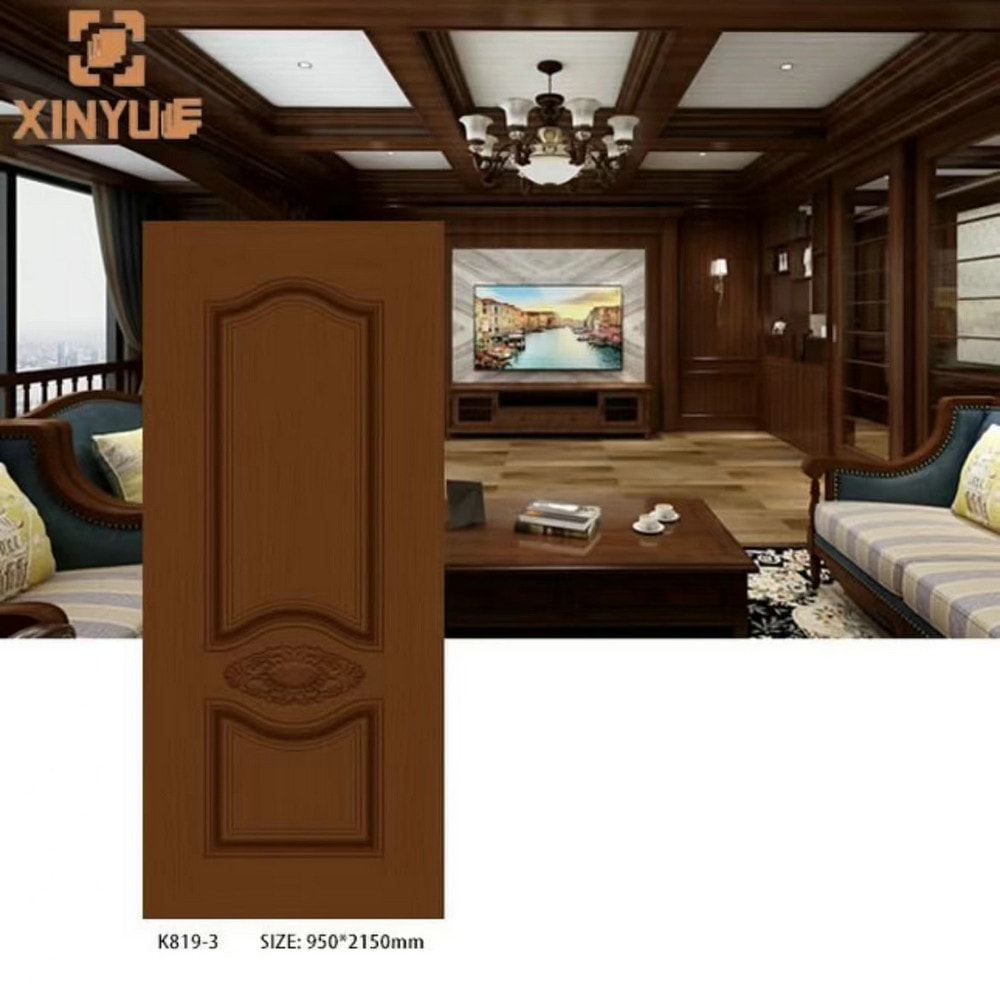
Our team is proud to offer on time guarantee and product guarantee to customer satisfaction.
Read More

The recyclability and degradability of molded synchronized door decorative papers after use is an important environmental issue, especially in the current context of global advocacy of sustainable development. The following is a detailed discussion from the aspects of material properties, recycling technology, degradation conditions and future improvement directions.
Basic composition and recycling potential of molded synchronized door decorative papers
Main ingredients:
Molded synchronized door decorative papers usually consist of paper base (such as virgin wood pulp paper or recycled paper), ink, coating material (such as polyurethane or acrylic resin) and possible additives (such as anti-scratch agent, waterproof agent). The type and proportion of these materials determine its recycling and degradation possibilities.
Recyclability:
If molded synchronized door decorative papers are made only of natural fibers (such as pure paper base), they can be recycled in theory. However, in practical applications, due to the coating of resin or other chemicals on the surface, the fiber structure of the paper may be destroyed, resulting in increased difficulty in recycling.
The recycling process requires separation of the coating material and the paper base, which usually requires specialized technology and equipment. For example, the coating is removed by chemical dissolution or mechanical stripping to restore the fiber state of the paper.
Limiting factors:
Coating materials (such as polyurethane or acrylic resin) are usually difficult to decompose and may contaminate recycled pulp, reducing its reuse value.
Pigments and dyes in inks may contain heavy metals or other harmful substances, further increasing the complexity of recycling.
2. Degradability of molded synchronous door decorative paper
Natural degradation conditions:
The pure paper base part can degrade naturally under appropriate conditions (such as moist, aerobic environment), but the speed is slow and may take months or even longer.
Coating materials (such as synthetic resins) are usually non-biodegradable materials and will hardly decompose in the natural environment, which may cause long-term environmental pollution.
Industrial degradation technology:
Under industrial conditions, molded synchronous door decorative paper can be treated by high-temperature incineration or chemical decomposition. For example, incineration can convert it into heat energy, but it may release harmful gases (such as dioxins), and requires an efficient exhaust gas treatment system.
Chemical decomposition methods can decompose coating materials into small molecular compounds, but the cost is high and the technology is complex.
Application of biodegradable materials:
With the increase of environmental awareness, some manufacturers have begun to try to use bio-based coating materials (such as starch-based or plant oil-based resins) to improve the degradability of products.

These materials can decompose faster under certain conditions (such as composting environment) to reduce the impact on the environment.
3. Challenges of existing recycling and degradation technologies
Technical difficulty:
The process of separating coating materials and paper base is complicated and costly, which limits the application of large-scale recycling.
Industrial degradation technologies (such as chemical decomposition or incineration) require high energy consumption and investment and may not be suitable for all enterprises.
Economic issues:
The cost of recycling and degrading molded synchronous door decorative paper may be higher than directly producing new products, resulting in a lack of motivation for enterprises to participate in recycling.
Insufficient policy support:
At present, many countries and regions have not yet established a complete recycling system, and consumers and enterprises have low awareness and participation in recycling molded synchronous door decorative paper.
Future improvement direction
Develop environmentally friendly materials:
Research and promote degradable or easily recyclable alternative materials, such as bio-based coatings, water-based inks and non-toxic additives.
Improve the durability and functionality of paper-based fibers and reduce dependence on synthetic coatings.
Optimize production processes:
Minimize the use of non-degradable materials during the production stage, such as using low-VOC (volatile organic compound) inks and environmentally friendly coatings.
Establish a recycling system:
Governments and enterprises should work together to establish dedicated recycling channels to encourage consumers to send discarded molded synchronous door decorative papers to designated recycling points.
Provide economic incentives, such as tax exemptions or subsidies, to promote the development of the recycling industry.
Promote technological innovation:
Develop efficient and low-cost separation technologies and degradation methods, such as enzyme-catalyzed degradation or supercritical fluid extraction.
Explore closed-loop production models to achieve the recycling of raw materials.
At present, the recyclability and degradability of used molded synchronous door decorative papers still face certain challenges, mainly due to their complex multi-layer structure and the widespread use of synthetic materials. However, with the advancement of environmental protection technologies and the support of policies, this problem is expected to be gradually resolved. In the future, by developing environmentally friendly materials, optimizing production processes and establishing a complete recycling system, molded synchronous door decorative paper can be better integrated into the framework of sustainable development and reduce the impact on the environment.
We focus on environmentally friendly, healthy, and fashionable home decoration, making your living space shine with unique charm.
Copyright © Hangzhou Xinyue Decorative Materials Co., Ltd. All rights reserved.
Custom Decorative Papers Manufacturers
 English
English русский
русский عربى
عربى